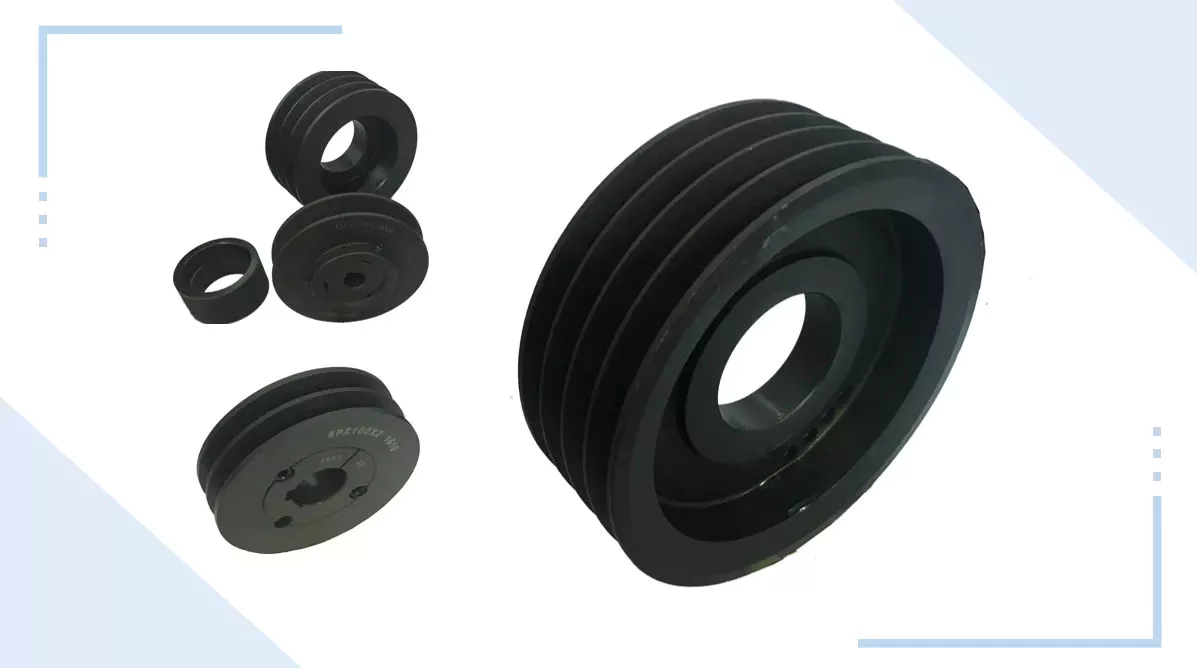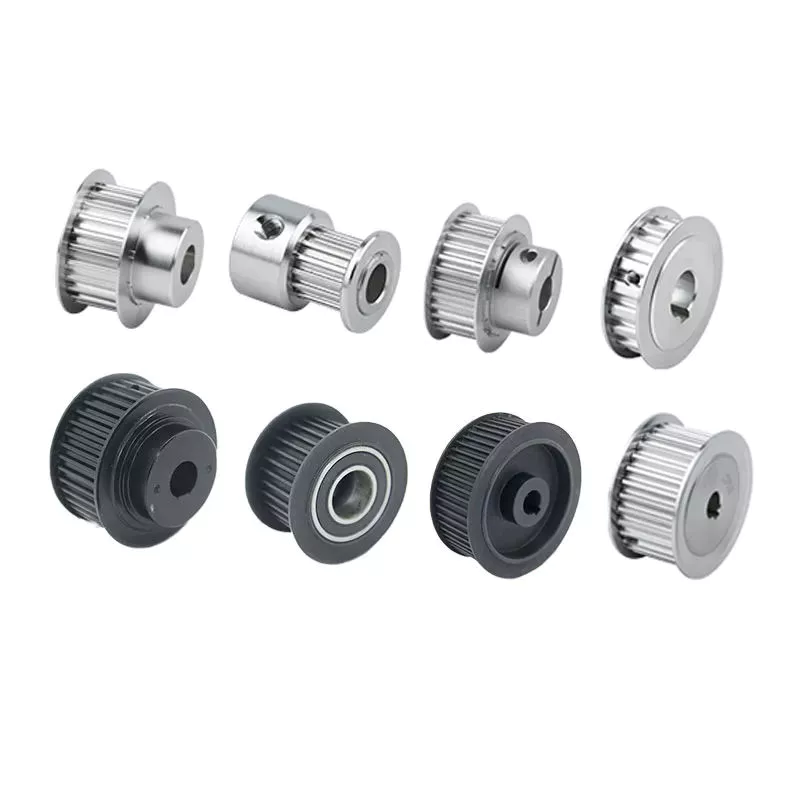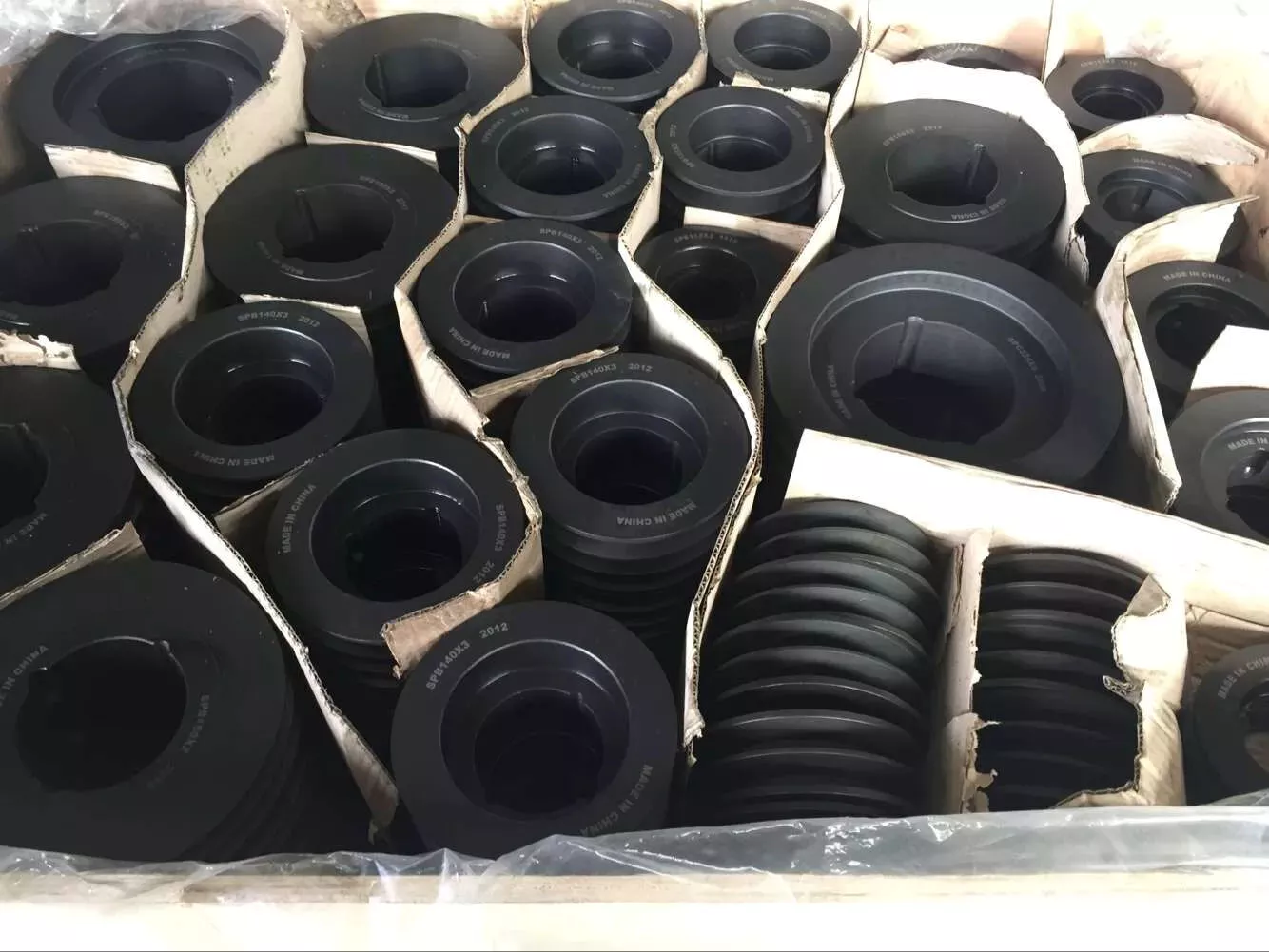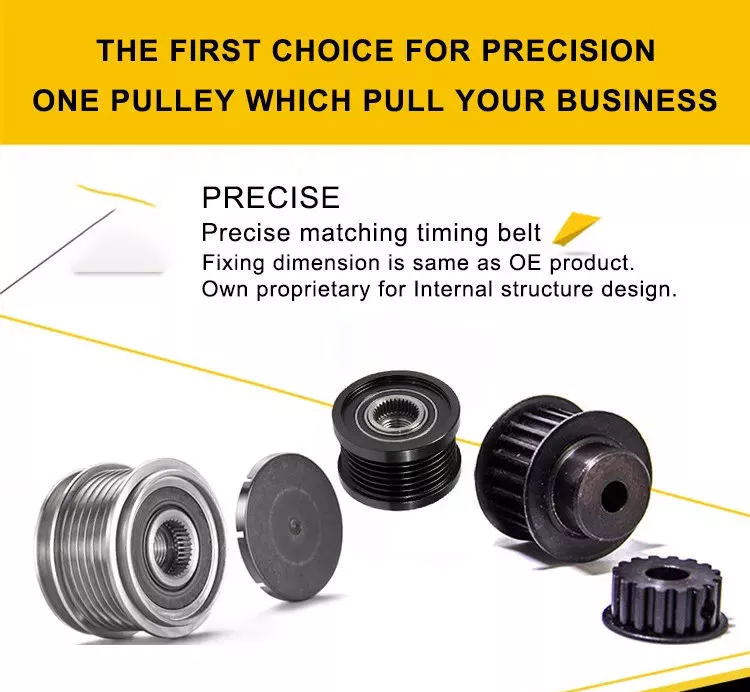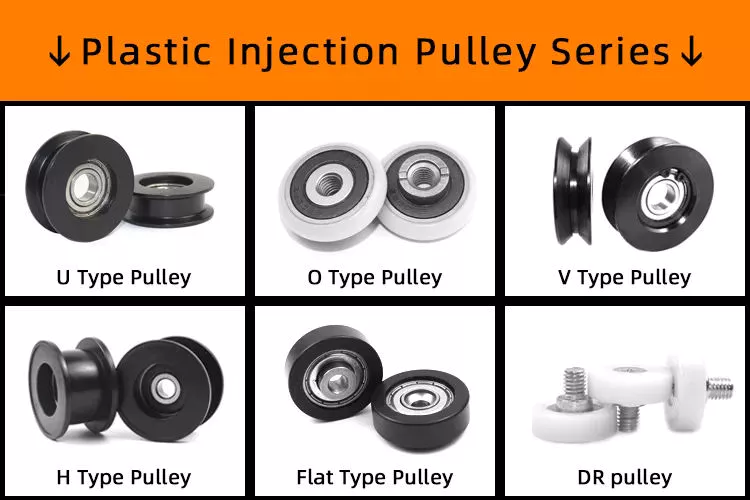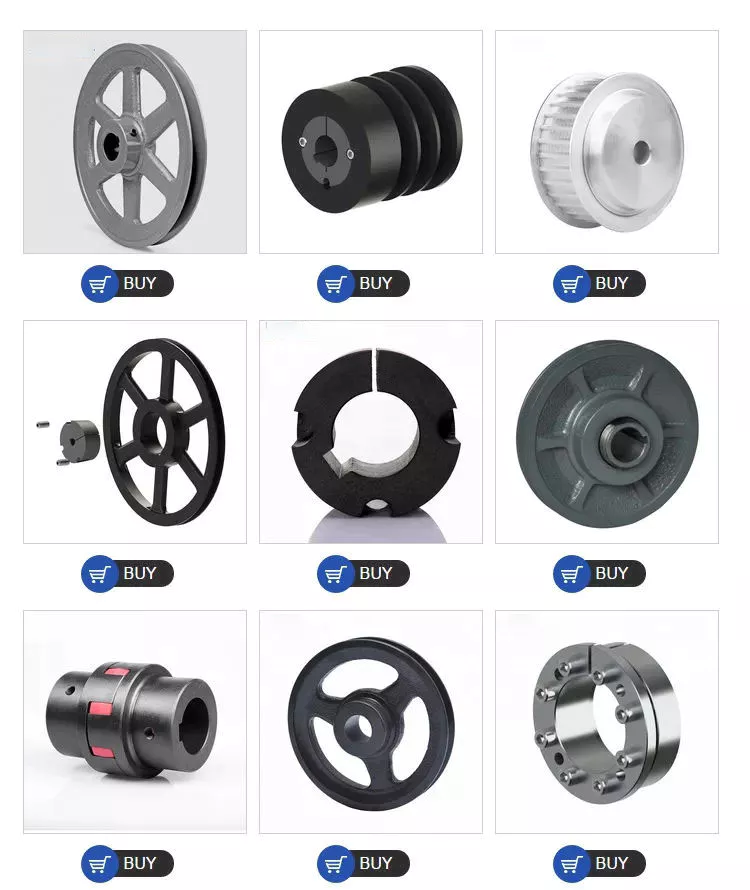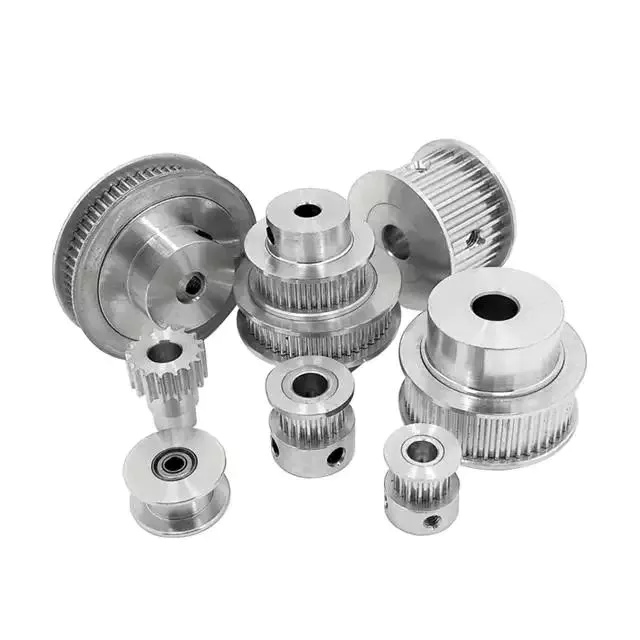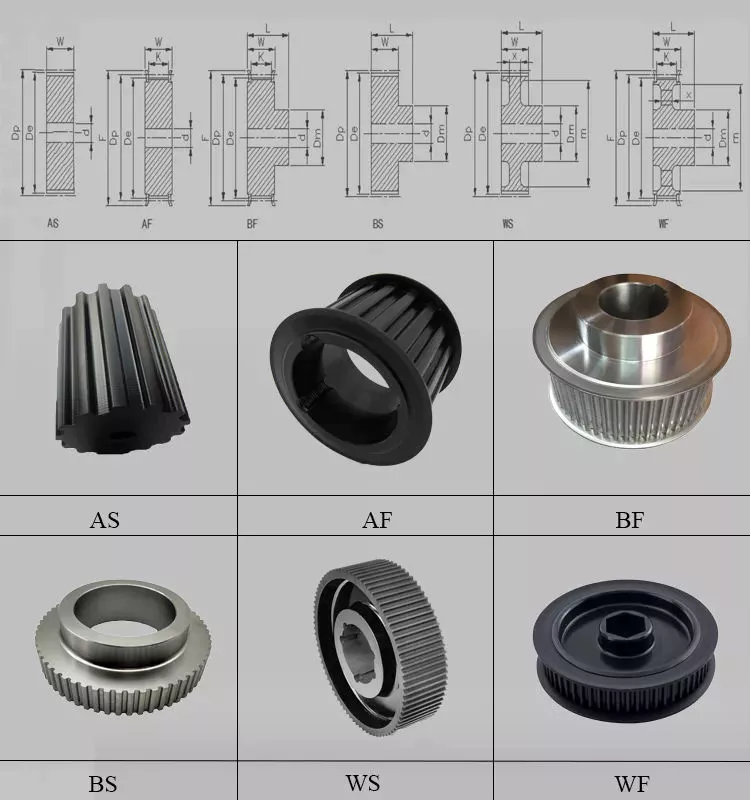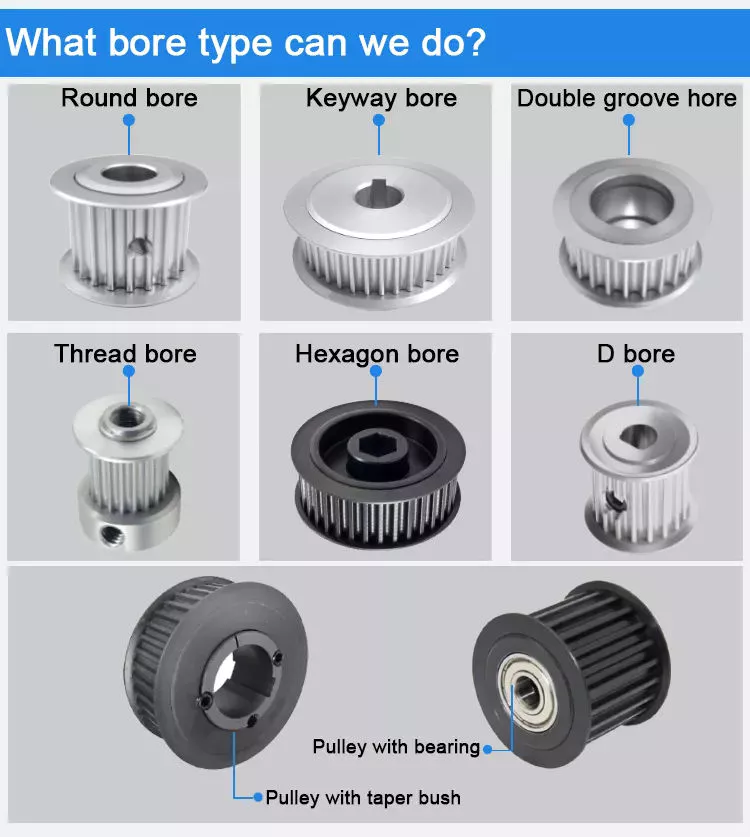Product Description
Product Specification:
Auto Parts/Auto AC Clutch Pulley/Auto AC Compressor Clutch Part
| Item No.: | 8121149 |
| Diameter: | D120/115 |
| Belt Groove Type: | 5-PK |
| Assembly hole: | - |
| Total Height:: | 35 |
| Aligment: | 1 |
| Bearing: | 35×52×22 |
| Application: | BENZ |
| Packaging: | Carton with pallet packing |
| Delivery: | 30 days |
Product Description
Detailed description of AC Clutch Pulley for BENZ
1. Material: Iron
2. Application: AC Clutch Pulley for BENZ
3. Good quality with reasonable price.
4. Payment: T/T or Western Union.
30% advance by T/T before producing and 70% balance by T/T before shipment.
5. Delivery time: 3-5 days for sample;30-35 days for mass production.
6. Package: Standard exporting carton with pallet packing
7. MOQ: 100pcs
Our Services
After sale service:
We are eager to get the advice from our customers to make our products more perfect to use, also we can help them to analyze and solve the after-sale's problem and provide the settlement for the trouble timely to enhance our customers sales quantity.
FAQ
Q: What is the minimum order quantity? (MOQ)
A: Normally 100pcs/item. Trial orders and further requests can be negotiated.
Q: Can I order 1 sample?
A: Sure. Sample is provided by reasonable charges.
Q:What is the delivery time?
A: Maximum 30-35days after receiving the relevant payment, samples is 1-7working days around
Q:What is the payment terms?
A:30% by TT as deposit, the balance 70% before shipment for new customer.
Q: Can we do OEM brand?
A: Yes. OEM is available for brands and packages.
Q:If I want to visit your company and factory, which is the nearest airport?
A: It is HuangYan Airport. About 1 hours car drive from HuangYan to our factory. HangZhou airport is also available which is about 2 and a half hours car to our factory.
Q: Can you help book the hotel?
A:If you need any assistance, just contact us, and we are your trusted friends in China.
|
Shipping Cost:
Estimated freight per unit. |
To be negotiated |
|---|
| Part: | Clutch Plates |
|---|---|
| Material: | Plastic+Iron |
| Classification: | Electromagnetic Clutch |
| Samples: |
US$ 15/Piece
1 Piece(Min.Order) | Order Sample |
|---|
| Customization: |
Available
| Customized Request |
|---|
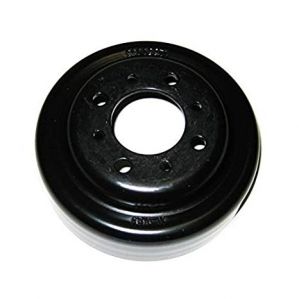
What are some common issues or symptoms of car pulley problems?
Car pulley problems can manifest in various ways, and recognizing the symptoms is important for diagnosing and addressing the issues promptly. Here are some common issues or symptoms that indicate potential car pulley problems:
- Squealing or Screeching Noises: One of the most noticeable symptoms of pulley problems is the presence of squealing or screeching noises. If a pulley is misaligned, worn out, or damaged, it may cause the belt to slip or rub against the pulley's edges. This friction generates a high-pitched noise, often heard during engine startup, acceleration, or when the accessories are in operation.
- Excessive Belt Wear: Pulley problems can lead to excessive wear on the belts. Misaligned or damaged pulleys may cause the belts to run at an angle or make contact with other components, resulting in uneven wear. You may notice fraying, cracking, or signs of belt deterioration. Excessive belt wear can also be caused by insufficient tensioning, leading to belt slippage and accelerated wear.
- Belt Slippage: If a pulley is not properly tensioned or if the tensioner mechanism is faulty, belt slippage can occur. This is characterized by a momentary loss of power to the driven components, resulting in decreased performance or functionality. Belt slippage may cause accessories like the alternator or power steering pump to operate erratically or intermittently, leading to dimmed lights, loss of power assistance, or other related issues.
- Overheating: A malfunctioning water pump pulley can result in inadequate coolant circulation, leading to engine overheating. If the water pump pulley is damaged or the bearings within it are worn out, the water pump may not spin efficiently, reducing the coolant flow. This can cause the engine temperature to rise, potentially leading to overheating, increased coolant loss, and potential engine damage.
- Power Steering Issues: A faulty power steering pulley or tensioner can affect the operation of the power steering system. You may experience difficulty in steering, increased steering effort, or a jerky steering response. These symptoms indicate potential problems with the power steering pulley, such as misalignment, damaged bearings, or inadequate tensioning.
- Battery Charging Problems: The alternator pulley plays a crucial role in charging the vehicle's battery. If the alternator pulley is damaged or not spinning properly, it can lead to insufficient charging, resulting in a drained or weak battery. Dimmed lights, flickering gauges, or frequent battery issues can indicate potential problems with the alternator pulley.
- Excessive Vibration: Misaligned or damaged pulleys can cause excessive vibration in the engine compartment. You may feel vibrations or shaking through the steering wheel, pedals, or the vehicle's body. Excessive vibration can indicate problems with pulley alignment, damaged bearings, or other related issues.
If you observe any of these symptoms, it is advisable to have your vehicle inspected by a qualified mechanic. They can assess the condition of the pulleys, belts, and other related components to diagnose the problem accurately. Timely identification and resolution of car pulley issues can help prevent further damage to the pulley system and associated components, ensuring the reliable operation of your vehicle.
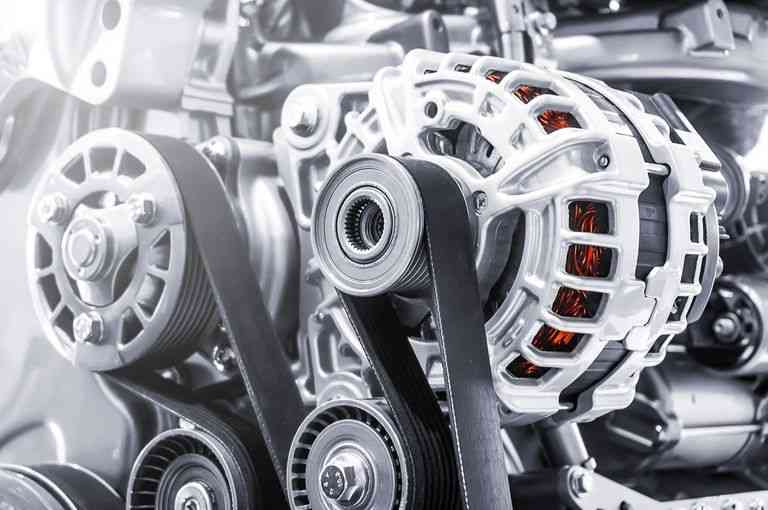
Can car pulleys be upgraded or replaced to enhance engine performance?
Yes, car pulleys can be upgraded or replaced to enhance engine performance. Upgrading or replacing pulleys is a common modification made by automotive enthusiasts and performance-oriented vehicle owners. Here's a detailed explanation of how car pulleys can be upgraded or replaced to enhance engine performance:
- Lightweight Pulleys: One popular upgrade is the installation of lightweight pulleys. Lightweight pulleys are typically made from materials like aluminum or other high-strength alloys. By reducing the weight of the pulleys, rotational inertia is decreased, resulting in improved throttle response and faster revving. Lighter pulleys can also reduce parasitic drag on the engine, allowing more power to be transferred to the wheels.
- Performance Pulley Designs: Performance-oriented pulley designs may feature altered dimensions or profiles, such as different groove configurations or diameter ratios. These modifications aim to optimize power delivery, torque characteristics, or specific RPM ranges. Performance pulleys are designed to enhance engine performance in terms of horsepower, torque, or overall responsiveness.
- Underdrive Pulley Kits: Underdrive pulley kits are aftermarket upgrades that incorporate a combination of smaller diameter pulleys for various driven components, such as the alternator, power steering pump, and water pump. These pulleys are designed to reduce the speed at which these accessories operate, reducing their power consumption and freeing up engine power for increased performance.
- Custom Pulley Tuning: Some vehicles may benefit from custom pulley tuning, where pulley sizes or ratios are modified based on the specific requirements and goals of the engine. This tuning process involves careful analysis, calculation, and adjustment of the pulley sizes to optimize power delivery, boost efficiency, or achieve specific performance objectives.
- Supercharger or Turbocharger Pulleys: In forced induction systems like superchargers or turbochargers, pulleys play a crucial role in controlling the boost pressure and overall performance. Upgrading or replacing the pulleys in these systems can allow for increased boost levels, resulting in higher horsepower and torque outputs. However, it's important to ensure that the engine and supporting components can handle the increased stress and demands associated with higher boost levels.
- Professional Installation and Tuning: Upgrading or replacing car pulleys for performance purposes often requires professional installation and tuning. Proper installation ensures that the pulleys are correctly aligned, securely mounted, and compatible with the engine and driven components. Additionally, tuning may be necessary to optimize the engine's performance parameters and ensure safe and reliable operation.
In summary, car pulleys can be upgraded or replaced to enhance engine performance. Upgrades may include lightweight pulleys, performance pulley designs, underdrive pulley kits, custom pulley tuning, or specific modifications for forced induction systems. It's important to consider the compatibility, installation, and tuning requirements associated with pulley upgrades to achieve the desired performance enhancements safely and effectively.
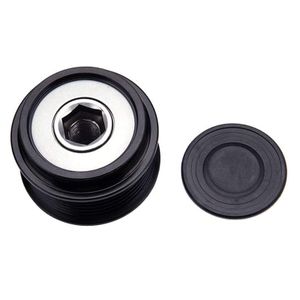
What are the advantages of using high-quality pulleys in car engines?
Using high-quality pulleys in car engines offers several advantages that contribute to the overall performance, reliability, and efficiency of the vehicle. Here are the key benefits of using high-quality pulleys:
- Enhanced Durability: High-quality pulleys are built to withstand the demanding operating conditions within car engines. They are constructed using durable materials and undergo rigorous manufacturing processes, ensuring they can endure high temperatures, vibrations, and mechanical stresses. Improved durability reduces the likelihood of pulley failure, prolongs their lifespan, and minimizes the need for frequent replacements.
- Optimized Power Transmission: High-quality pulleys are designed to provide efficient power transmission from the engine to driven components. They have precise dimensions, well-engineered grooves, and optimal surface finishes that enable proper belt engagement and reduce slippage. Efficient power transmission ensures that the driven components receive the power they require, resulting in improved overall performance and functionality of the engine.
- Reduced Noise and Vibration: High-quality pulleys are carefully balanced and engineered to minimize noise and vibration. They undergo stringent quality control measures to ensure smooth operation and minimize unwanted vibrations that can cause noise and discomfort. Reduced noise and vibration contribute to a quieter and more comfortable driving experience.
- Improved Belt Life: High-quality pulleys help extend the life of belts connected to them. The precise design and smooth surfaces of these pulleys reduce friction and wear on the belts, resulting in increased belt longevity. By minimizing belt wear, high-quality pulleys reduce the risk of belt failure, improve reliability, and decrease maintenance costs associated with belt replacements.
- Precision and Accuracy: High-quality pulleys are manufactured to strict tolerances, ensuring precision and accuracy in their dimensions and performance. This precision helps maintain proper belt alignment, tension, and synchronization. Precise pulleys ensure that the belts operate optimally, preventing misalignment, slippage, or timing errors, which can negatively impact engine performance and potentially cause damage to components.
- Efficient System Operation: The use of high-quality pulleys promotes efficient operation of various engine systems and accessories. By providing reliable power transmission and proper belt engagement, these pulleys contribute to the effective functioning of systems such as the alternator, power steering, air conditioning, and water pump. Efficient system operation enhances overall vehicle performance, fuel efficiency, and driver satisfaction.
In summary, high-quality pulleys in car engines offer advantages such as enhanced durability, optimized power transmission, reduced noise and vibration, improved belt life, precision and accuracy, and efficient system operation. Investing in high-quality pulleys ensures the long-term reliability, performance, and efficiency of the engine and contributes to a smoother and more enjoyable driving experience.


editor by CX
2023-09-28
